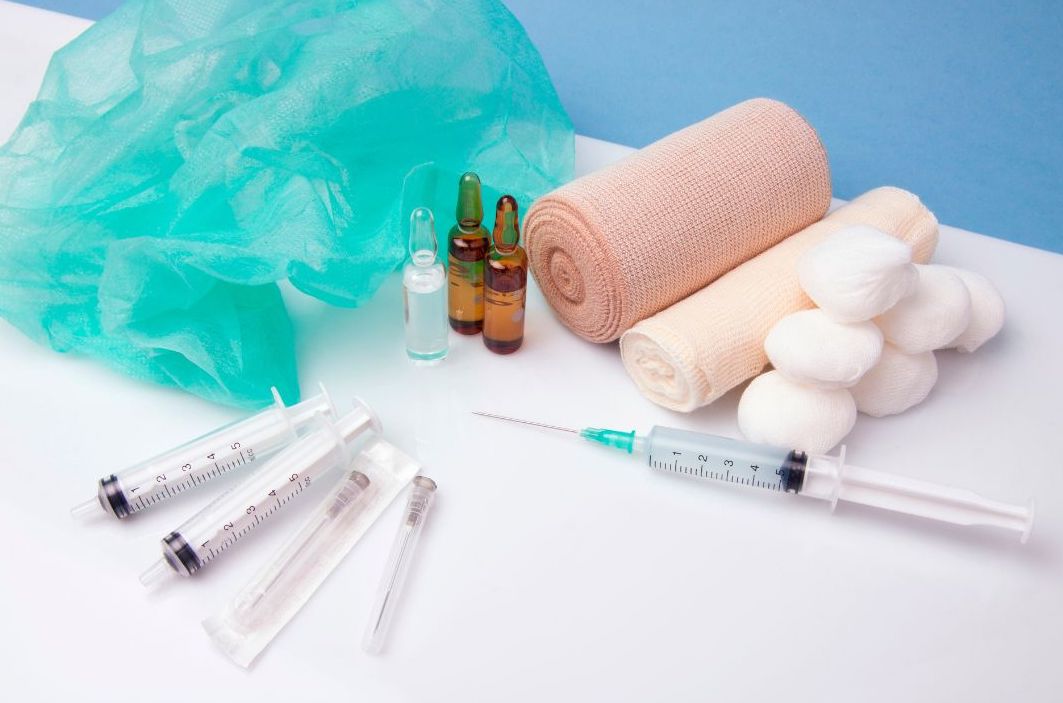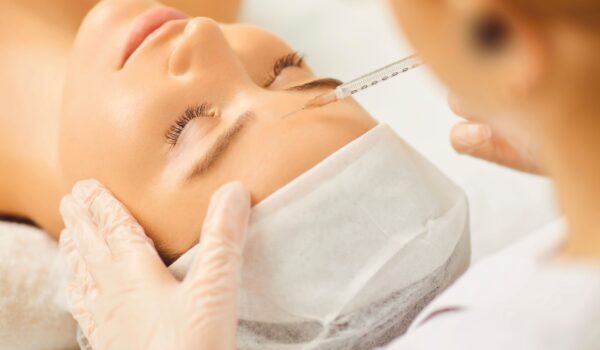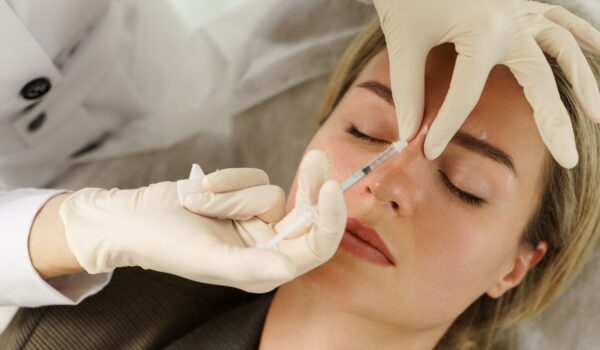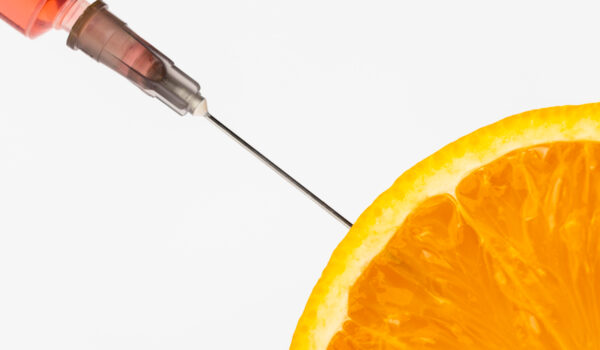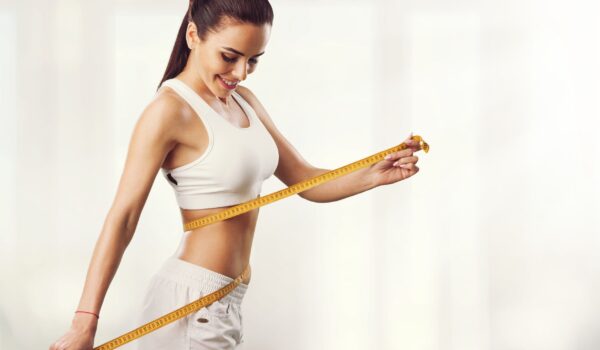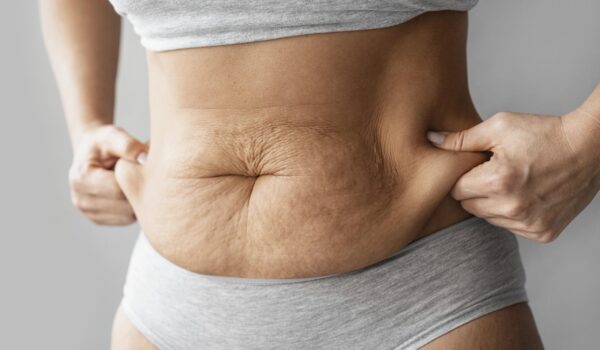What Tools Do You Need for Your Aesthetic Clinic?
-
By: Adam Diwan
-
August 30, 2023
Operating an aesthetic clinic entails more than just expertise and skills; it requires the right equipment and products to achieve optimal results and ensure client satisfaction. In the competitive world of aesthetics, where patient experience is a crucial differentiator, having high-quality supplies becomes even more significant.
But what tools do you need?
This article will explore the various aesthetic clinic supplies and their uses, helping you understand why these tools are indispensable in your practice.
8 Aesthetic Tools You Need for Your Clinic
1. Nitrile Gloves
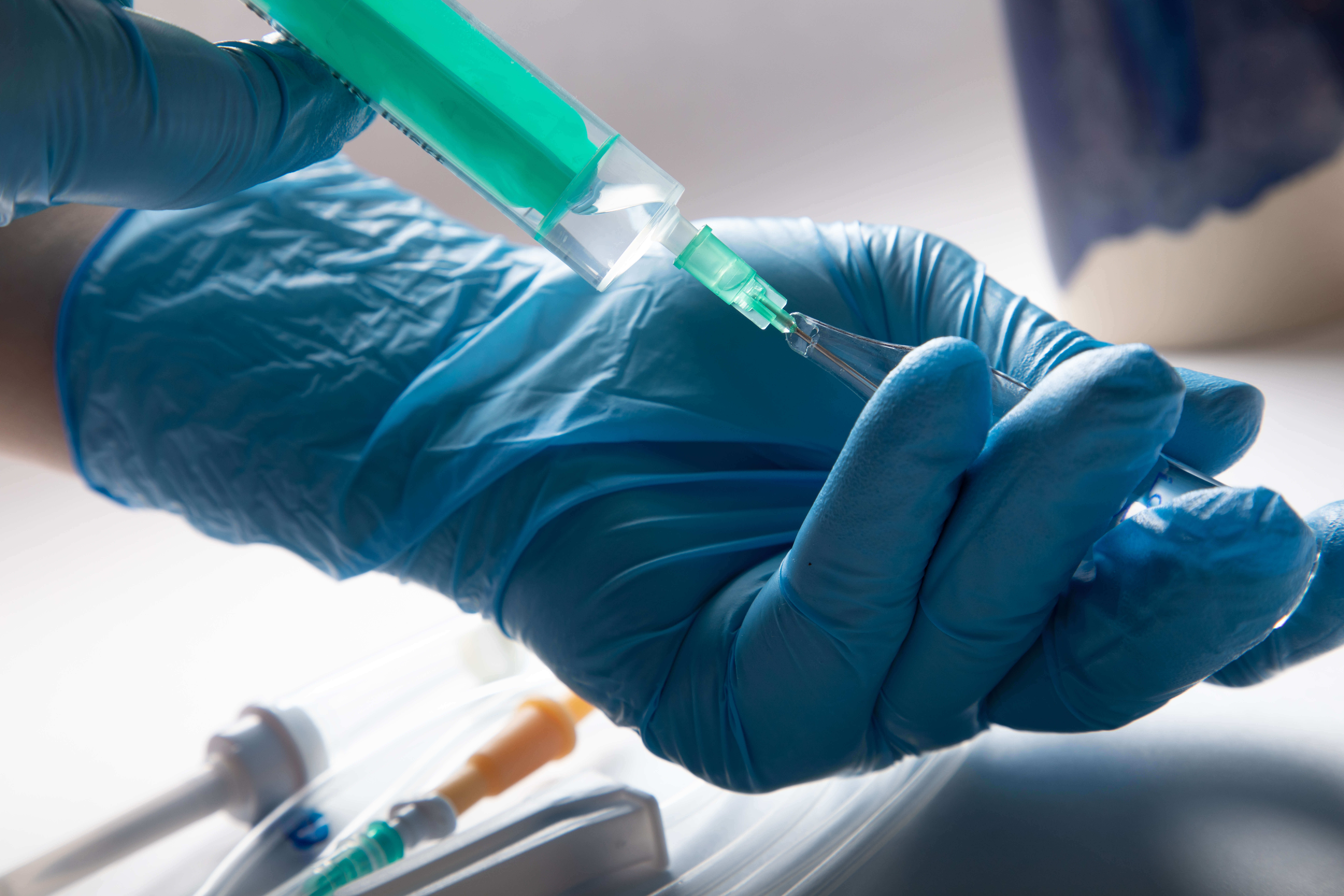

An essential tool you can’t overlook when maintaining a high standard of hygiene in your aesthetic clinic is nitrile gloves. These gloves help safeguard patients and aesthetic nurses from potential infections.
One key advantage of nitrile gloves is their excellent barrier protection. The material acts as a reliable shield against microorganisms, including bacteria and viruses, thereby minimising the risk of cross-contamination between patients and staff. This protection is important in aesthetic procedures that involve contact with bodily fluids or open wounds.
Moreover, nitrile gloves are an excellent option for individuals with latex allergies. These allergies can cause adverse reactions, ranging from mild irritation to severe anaphylaxis. Using nitrile gloves eliminates the risk of triggering these responses in yourself and your clients.
When selecting nitrile gloves for your aesthetic clinic, it’s essential to consider the right size for a proper fit and optimal dexterity. Medium nitrile gloves suit individuals with average hand sizes, while large nitrile gloves cater to those requiring a more spacious fit. A glove that fits well enhances tactile sensitivity, allowing you to perform precise procedures.
2. Face Masks
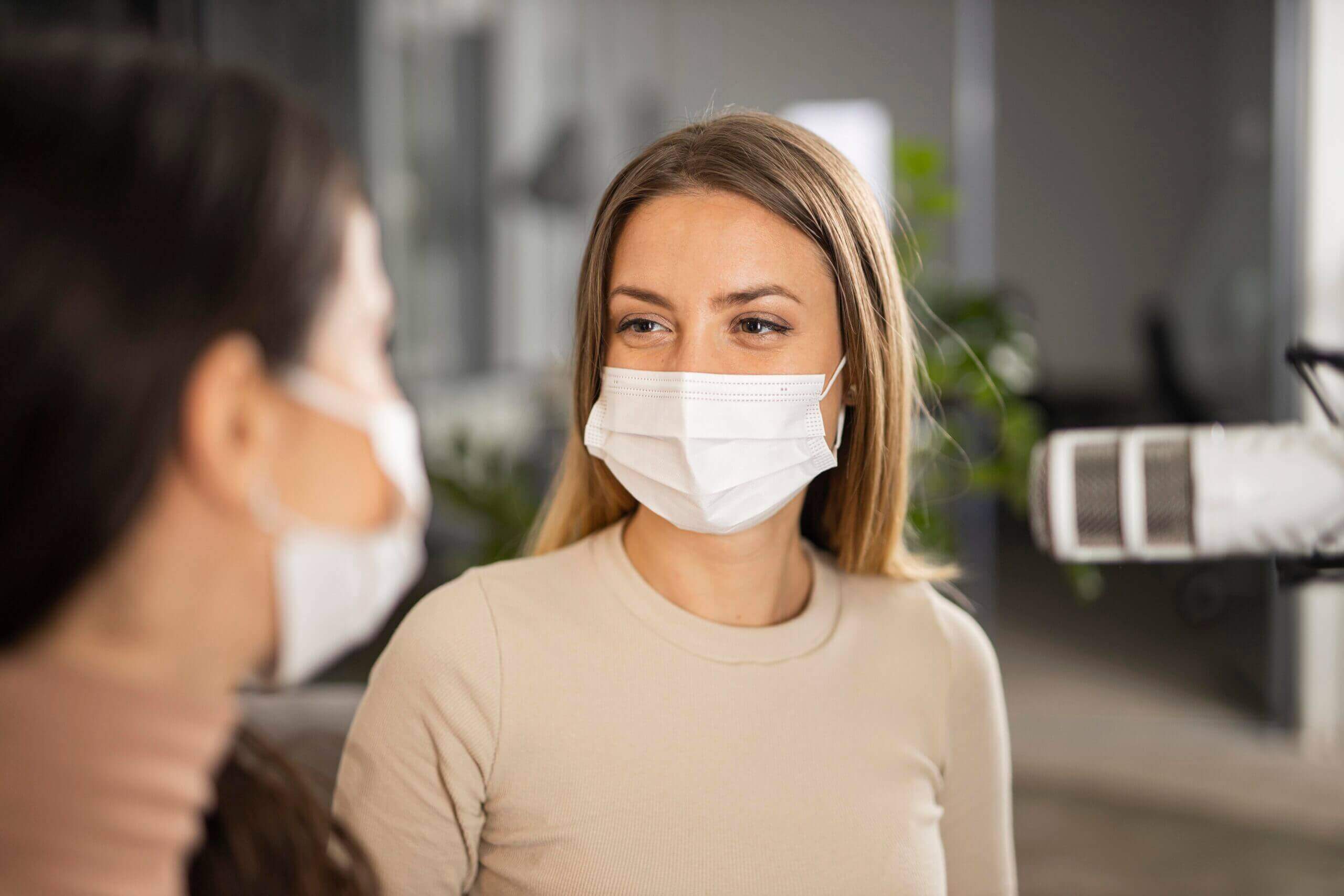

These protective barriers are a defence to help maintain a hygienic environment during various procedures. By wearing appropriate face masks, aesthetic clinics can create a safe and clean environment for practitioners and clients.
Various types of face masks are available, such as N95 and surgical masks, and have specific uses, so you must consider the particular procedures and potential exposure risks involved. While surgical masks may suit most routine aesthetic procedures, specific treatments or situations may require N95 respirators to ensure maximum safety.
It is important to note that while face masks offer protection against spreading airborne particles, you should use them with other preventive measures, such as frequent hand hygiene and proper sanitation of equipment and surfaces.
Individuals should follow proper mask-wearing techniques to maximise the effectiveness of this product. These include ensuring a snug fit, avoiding touching the mask during use, and regular hand hygiene.
3. Skincare Products
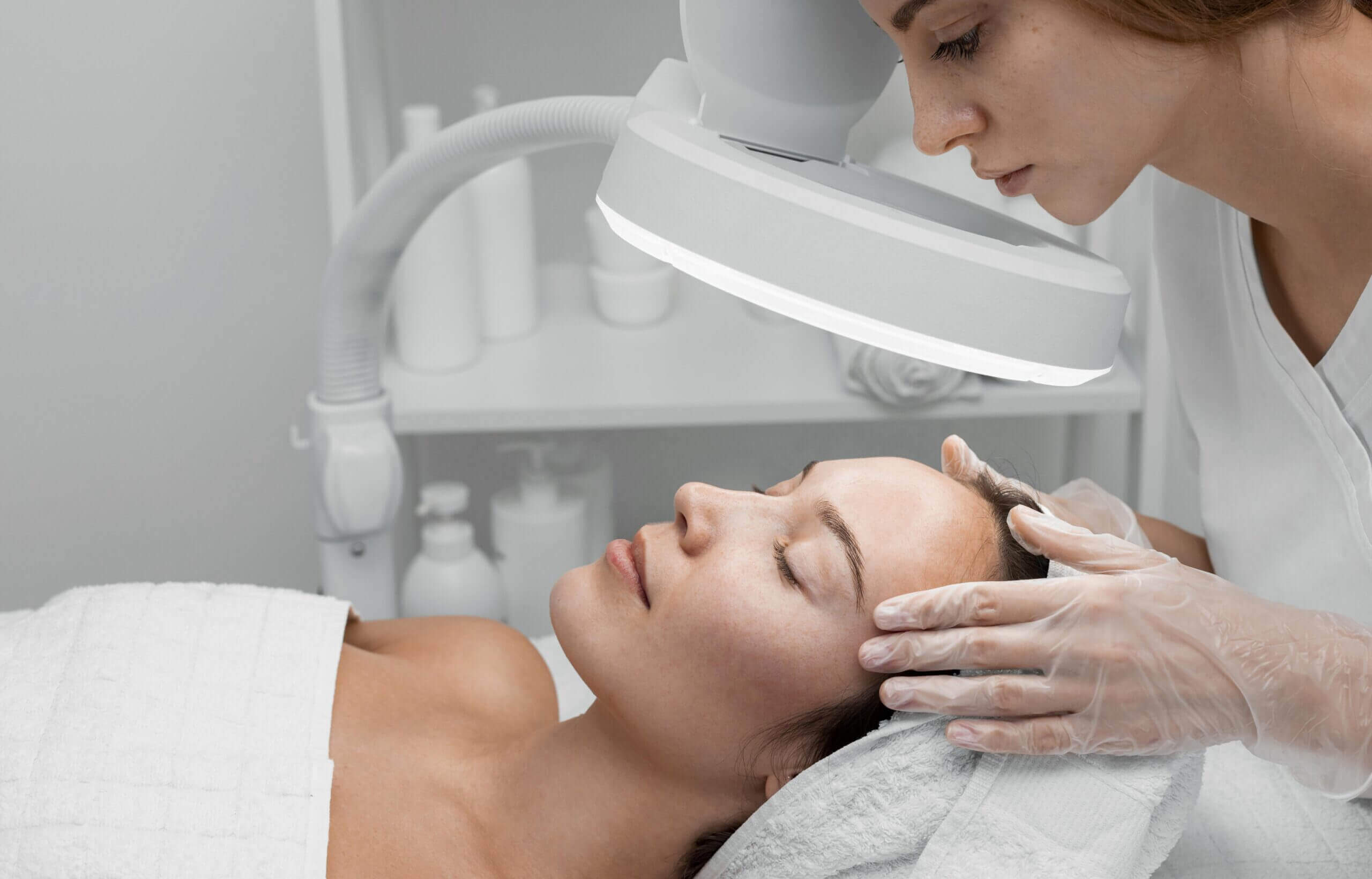

Skincare products play a vital role in maintaining healthy and youthful-looking skin and are essential for aesthetic clinics. Some popular aesthetic procedure cleaning solutions and skincare products are Clinisept+, Teoxane, and Profhilo. These options offer various benefits for aesthetic procedures and post-treatment aftercare routines.
For example, they enhance the results of aesthetic procedures and serve as aesthetic procedure aftercare solutions. These products also help to nourish and protect the skin and promote healing.
Familiarising yourself with skincare products and their benefits will enable you to provide comprehensive patient care and contribute to your client’s overall satisfaction.
4. Numbing Creams
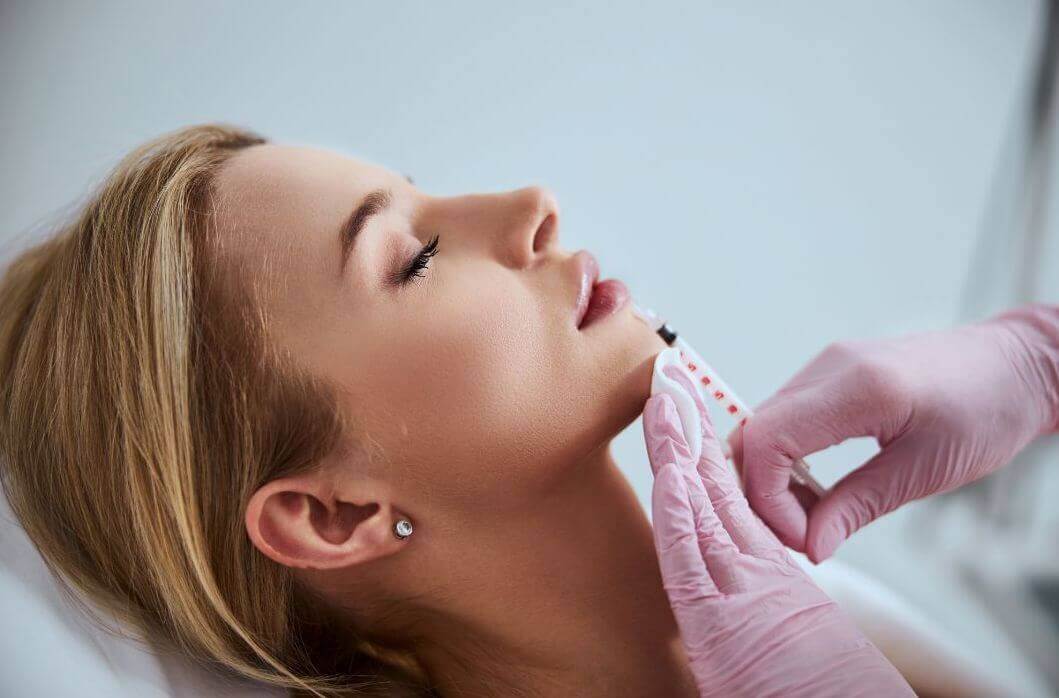

Aesthetic numbing creams minimise discomfort during various procedures, making them a needed tool for any aesthetic clinic. These creams contain local anaesthetics that temporarily numb the skin and reduce pain, ensuring a more comfortable patient experience.
Lidocaine, found in various forms, is a versatile anaesthetic agent often available in cream or gel. Other common numbing creams include Emla and J-Cain.
There are various reasons you should purchase numbing cream, including relieving client discomfort. More comfortable patients are less likely to move or flinch during the procedure, enabling the medical professional to administer the treatment precisely. Using numbing products ensures better results and also increases the procedure’s safety.
Follow the manufacturer’s instructions when using numbing creams and consider any contraindications or potential adverse effects. Additionally, communicate effectively with patients, explaining the purpose and benefits of using numbing creams and addressing concerns.
5. Needles and Cannulas
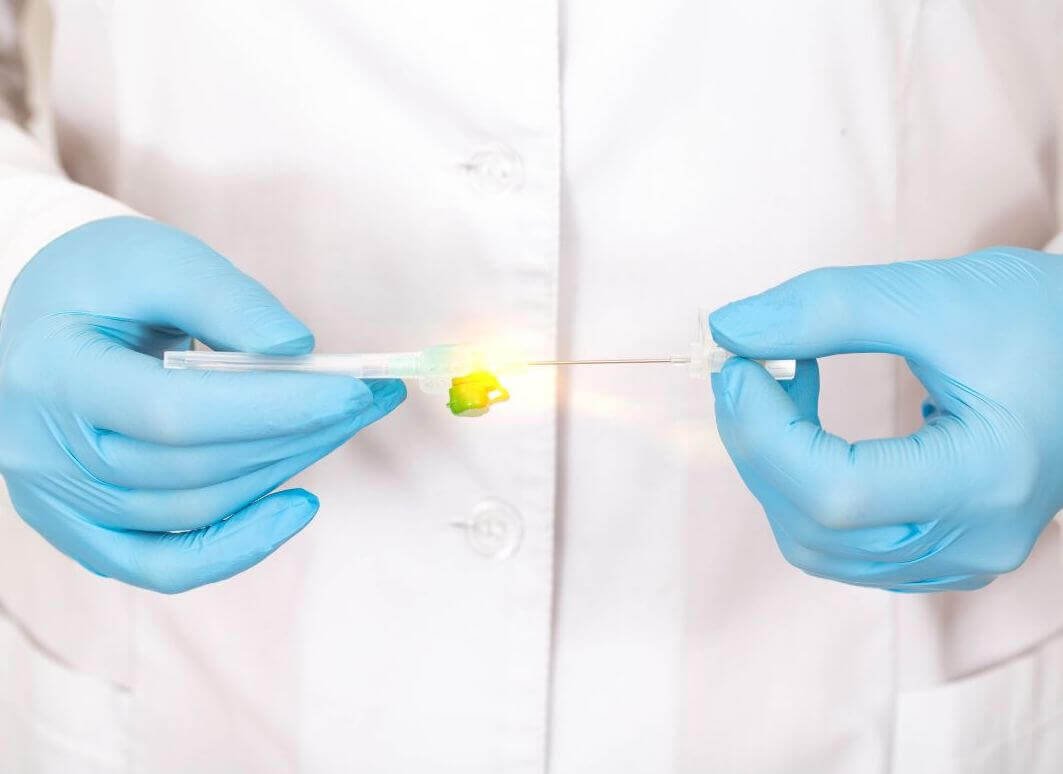

Tools for Botox and other aesthetic procedures are designed to ensure accurate and precise administration, allowing optimal results and patient satisfaction. These include cannulas, needles and syringes.
Needles, typically made of stainless steel, are commonly used for injections that require accurate targeting of specific areas. They are available in various gauges, with smaller gauge numbers indicating larger needle diameters.
Unlike a needle with a sharp point, cannulas have a blunt tip. This design reduces the risk of puncturing blood vessels, leading to less bruising and swelling. Medical professionals often use them for treatments requiring a larger product volume or delicate areas, such as tear troughs or temples.
Proper sterilisation and disposal of these aesthetic tools should be performed to maintain a hygienic clinical environment.
6. Disinfectant
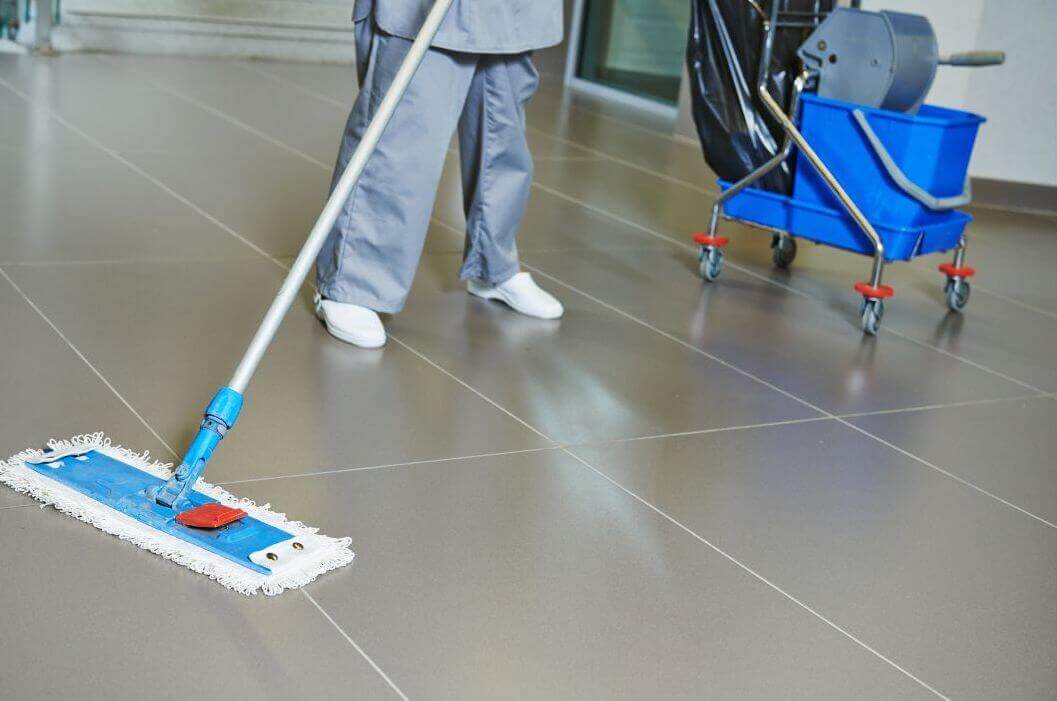

Maintaining a clean and sanitised environment is paramount in a clinic. As a medical professional, you must prioritise the safety and well-being of your clients by employing rigorous hygiene practices. One indispensable tool for achieving this is a reliable disinfectant.
When choosing a disinfectant, you must select one that is effective against a wide range of pathogens, including bacteria, fungi, and enveloped viruses.
Regularly disinfecting high-touch surfaces such as treatment tables, chairs, countertops, and door handles is crucial. Disinfecting reusable equipment, such as dermal rollers, micro-needling devices, and laser handpieces prevents client cross-contamination.
It is vital to follow the manufacturer’s instructions when using disinfectants. Always wear gloves and other appropriate personal protective equipment (PPE) while handling and applying the disinfectant to avoid adverse reactions.
Regular training and education on proper disinfection techniques ensure compliance with best practices and stay up-to-date with the latest guidelines and recommendations.
7. Medical Tape
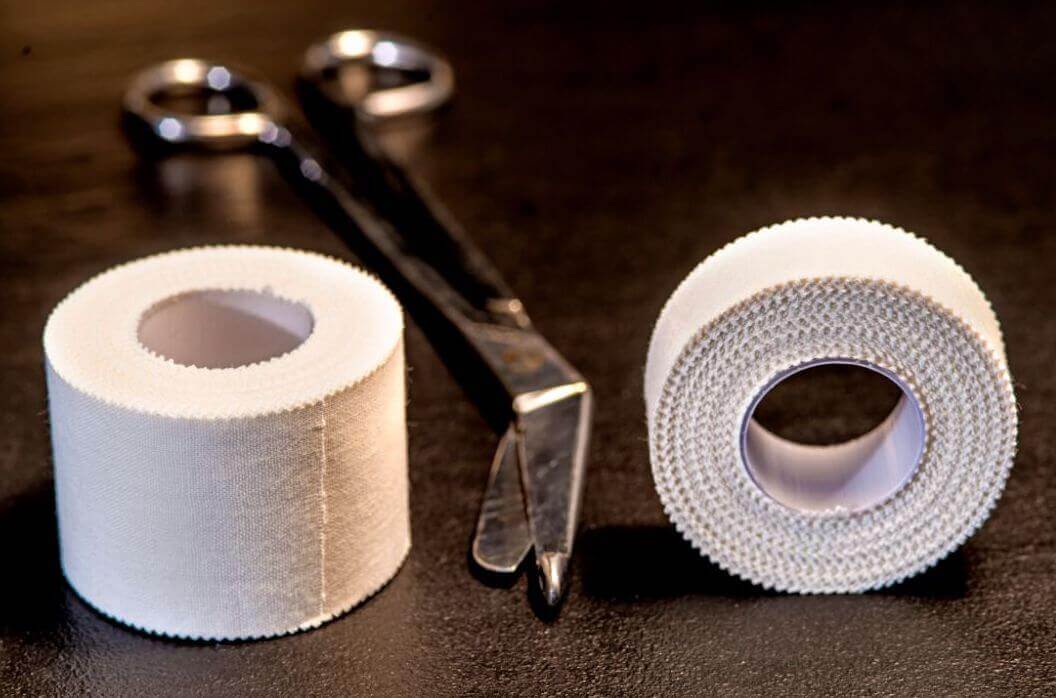

Medical tape is an indispensable tool in any aesthetic clinic, offering a versatile solution for securing dressings, bandages, or other materials during and after various aesthetic procedures.
This security is fundamental after treatment, where the skin’s protective barrier is compromised and requires proper care and protection.
Furthermore, medical tape’s flexibility allows it to conform to various contours and body parts, making it an ideal choice for different aesthetic procedures. Whether securing a dressing on a joint, wrapping a bandage around a limb, or adhering materials to irregular surfaces, medical tape offers reliable adhesion and adaptability.
One consideration when selecting medical tape is its hypoallergenic and non-irritating properties. As aesthetic procedures often involve sensitive skin, choosing a tape that minimises the risk of adverse reactions or discomfort is crucial. Hypoallergenic medical tapes are gentle on the skin, reducing the likelihood of irritation, redness, or itching.
8. Dressings
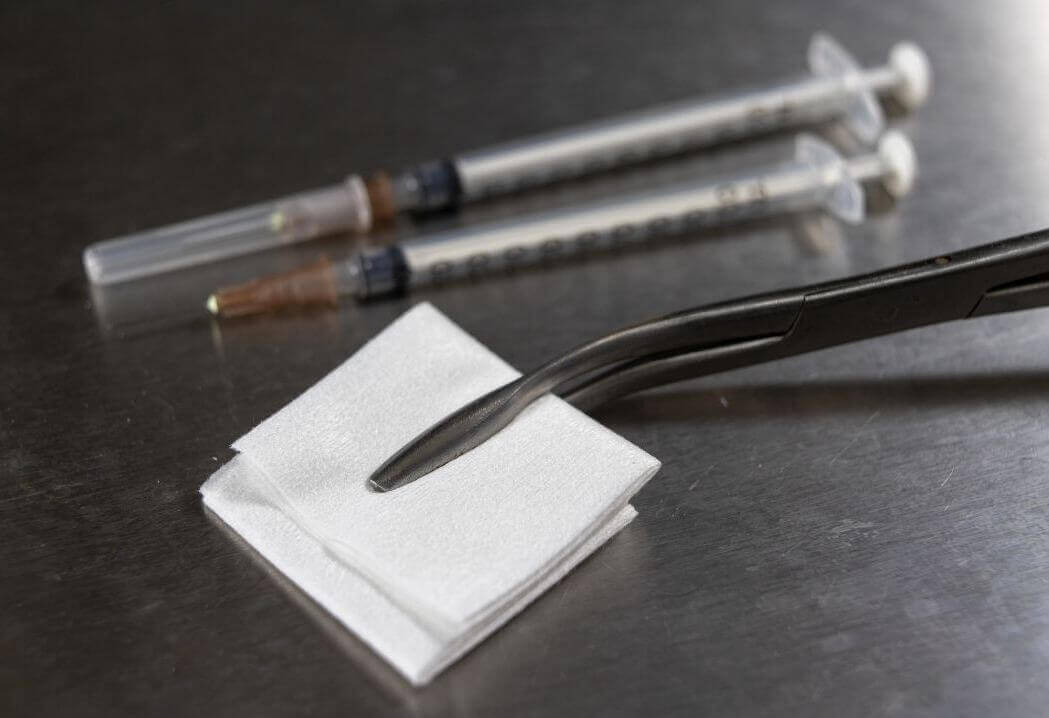

In an aesthetic clinic, having a stock of silicone dressings alongside other wound care essentials, such as non-sterile gauze swabs, is a must. These dressings offer a reliable wound healing and scar management solution, improving patient satisfaction and long-term outcomes.
Silicone dressings create a protective barrier over the wound, shielding it from external irritants and contaminants. This barrier function reduces the risk of infection and promotes a more controlled healing process.
The non-adhesive nature of silicone dressings ensures painless removal as they do not stick to the wound bed, minimising trauma and pain during dressing changes.
In conclusion, a well-equipped aesthetic clinic requires essential tools and supplies to ensure a safe and effective treatment experience. Whether to protect yourself, your staff or your clients, these top-quality products promote comfort in a hygienic environment.
Revolve Medicare offer various tools you can use within your aesthetic clinic to get the best results for your clients, as well as a range of dermal fillers and other treatment options. Take a look and see how we can support you and your patients.
Related Posts
-
By: Adam Diwan
-
January 8, 2024
Top 5 Aesthetic Trends for 2024
-
By: Adam Diwan
-
January 2, 2024
The Different Types of Aesthetic Injection Processes Explained
-
By: Adam Diwan
-
December 27, 2023
8 Reasons to Offer Vitamin Injections to Your Aesthetic Clients
-
By: Adam Diwan
-
December 19, 2023
How to Set Weight Loss Goals for 2024
-
By: Adam Diwan
-
December 14, 2023
Non-Surgical Solutions For Losing A ‘Mum-Tum’
-
By: Adam Diwan
-
December 5, 2023

